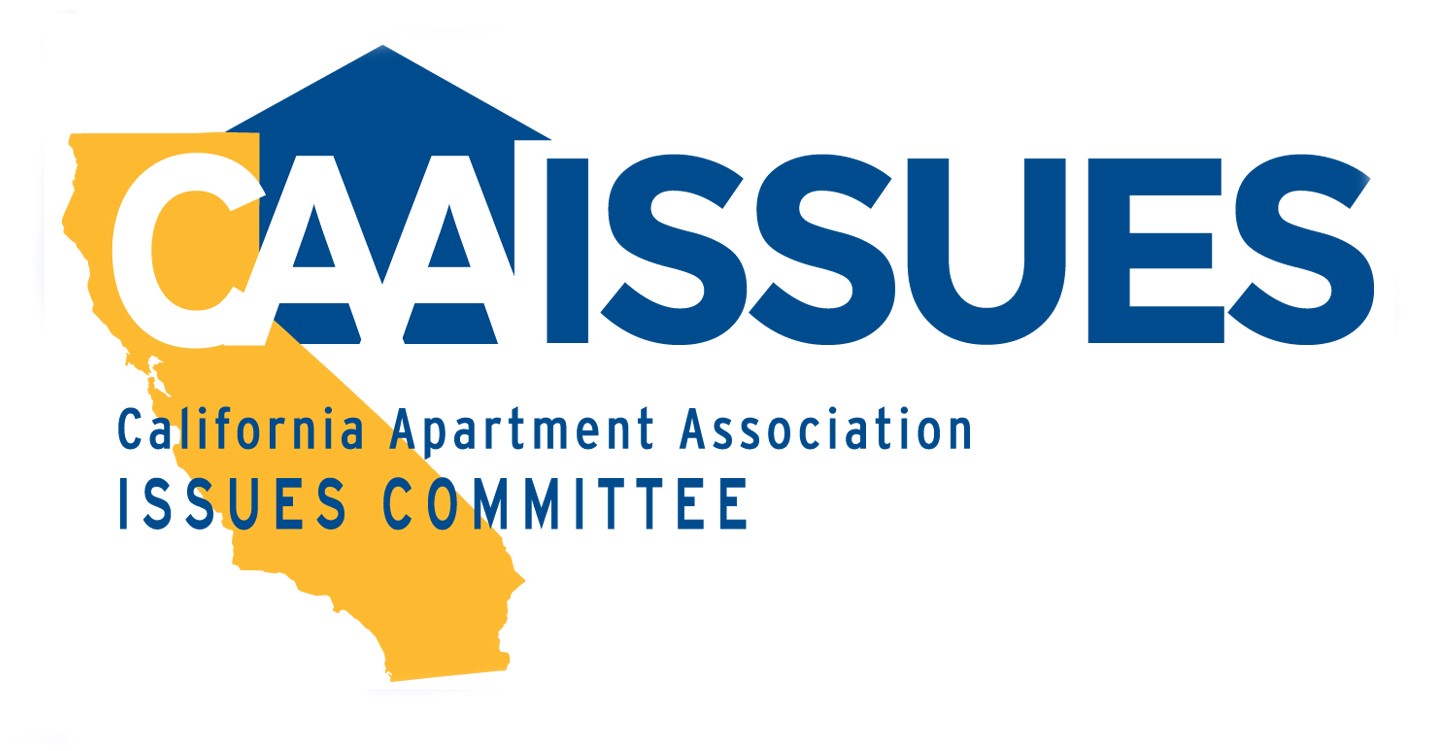The ballot arguments against Proposition 21 in the Nov. 3 voter guide will come from Californians for Responsible Housing, a campaign committee created by the California Apartment Association.

Secretary of State Alex Padilla selected the arguments from Californians for Responsible Housing last week, making it the official campaign of record against the extreme rent control proposition.
November’s election marks a second housing-policy showdown between Californians for Responsible Housing and anti-housing activist Michael Weinstein.
Two years ago, Weinstein used his AIDS Healthcare Foundation to bankroll a radical rent control measure that appeared on the November ballot as Proposition 10. This failed measure serves as the model for Prop 21, which also is getting tens of millions of dollars of support from Weinstein’s nonprofit.
“If Prop 21 seems familiar, it’s because nearly 60% of California voters rejected the same flawed scheme in 2018,” the ballot argument from Californians for Responsible Housing points out.
The arguments go on to describe several ways Prop 21 would make things worse in California. For example, Prop 21 would allow local governments to impose extreme and permanent policies that prevent rents from returning to market rates, even between tenancies.
Moreover, the measure would drive down home values up to 20% and exacerbate the state’s chronic housing shortage during an unprecedented economic and public health crisis. All registered voters will receive the arguments prior to the election.
About Costa-Hawkins
For over 20 years, the Costa-Hawkins Act has prohibited local governments from regulating the price of rents on rental units built after 1995. Costa-Hawkins also prohibits a local government from regulating rents on single-family homes, individually owned condominiums and townhouses. Moreover, the act requires all rent control ordinances to allow a rental property owner to set the rent at market rate once an existing tenant moves out and a new tenant moves in, a policy known as vacancy decontrol.

